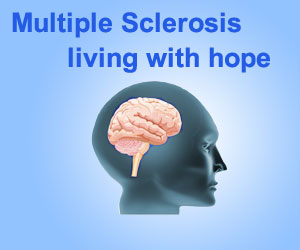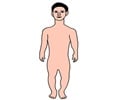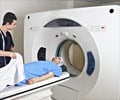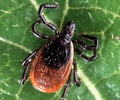- Comparison between multiple sclerosis in India and the United States - A case-control study. Bansil S, Singhal BS, Ahuja G K et al. NEUROLOGY 1996; 46: 385-387
- Neurology India-vol 47, issue 1 pg12-7, 1999Syal p, Prabhakar S et al
About
Multiple sclerosis is a life-long debilitating auto -immune disease that affects the nerves . Treatment is aimed at controlling the symptoms.
Multiple Sclerosis or MS affects more than a million people worldwide. In India there are 40,000 - 50,000 people estimated to be affected by the disease. It frequently attacks young people usually in the age group of 20-40 years and is more common among females than males.
MS is a crippling disease that starts in the prime of youth. It can cause financial, physical and emotional drain on the family of the patient for many years. It is not a killer disease and the patient has more or less a normal life span but gradually as the condition worsens, the patient is totally disabled and requires managed care.

It was first described in 1835 by French neurologist Jean Charcot. In the initial years the disease has remissions and relapses and typically has a long drawn or chronic course with the person completely recovering from the early symptoms of multiple sclerosis. Relapses or recurrence of the symptoms can occur after initial recovery with each attack consisting of the earlier symptoms or new ones. The symptom pattern, course and severity of the disease vary from person to person.
It has an auto immune origin i.e. the body begins attacking its own nerve fibers, when the fibers become scarred, they give rise to the picture of ‘sclerosis’.
The affected nerve fibers cannot convey signals to and from the brain resulting in loss of sensation, weakness, inability to walk, see or balance oneself, depending on the particular nerve affected by sclerosis.
The diagnosis is made with the help of a typical history, neurological examination and an MRI scan which will show the extent and area of sclerosis.
Treatment for multiple sclerosis consists of medicines to modify the course of the disease, drugs to relieve symptoms, and physical therapy to cope with disability caused by the disease.
















